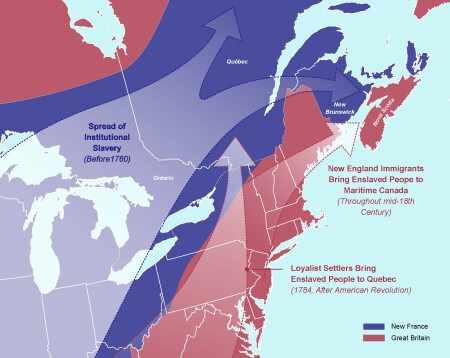Weighing racial disparities in the commercial real estate industry.
The Urban Land Institute’s Toronto District Council is among a group of five ULI district councils that has been working to examine local histories of racial discrimination in land use and transportation, to draw connections with current health equity disparities, and to chart a course towards a more equitable future for the real estate industry. The project, ULI District Council Partnerships for Health Equity, is supported by the ULI Building Healthy Places Initiative with financial support from the Robert Wood Johnson Foundation.
The cohort of participating district councils includes ULI Houston, ULI St. Louis, ULI British Columbia, ULI Northwest, and ULI Toronto. The project launched last year, following an open call for interest from North American district councils. The district councils are working in partnership with other organizations locally to understand historic inequities and racial discrimination in land use, and to craft creative strategies to address the ongoing impacts of these policies on community health and wealth disparities. These action agendas for change in real estate will emphasize tangible steps for real estate, in addition to broader policy recommendations.
The ULI Building Healthy Places Initiative works to make health and social equity mainstream considerations in real estate practice. According to William Herbig, senior director of the ULI Building Healthy Places Initiative, “The two main factors driving this reckoning within the industry and within ULI include the disproportionate impact of COVID-19 on communities of color and those of low income; and the rise of the racial justice movement as a result of the brutal murder of George Floyd.
“ULI, as an organization, has committed to doing more,” Herbig says. “Our profession has been part of the problem. We have the ability and the responsibility to address racial inequity going forward. But we cannot go at it alone. Finding solutions requires building new bridges of trust and cooperation beyond our network of members.”
That the district council teams are geographically diverse was intentional. And this marks the first time a Building Healthy Places program has been able to fund councils in Canada. “The systemic racial issues are different in the U.S. versus Canada, and there’ve been robust listening and learning opportunities amongst the two Canadian teams and the U.S. teams to better understand nuances involved in Black and Indigenous experiences and differences in the two countries,” Herbig says Each district council has identified chairs and a leadership group for the effort.
The aim of this program is to “address these systemic issues,” Herbig says. To do so, the ULI district councils are reaching beyond their established local networks, forging new relationships, learning about local histories, and working to drive fundamental industry change.
Tracking Historical Displacement of Black Communities
Racial displacement is not confined to the United States. Toronto has also experienced its share of displacement that has affected its Black residents, which is the focus of ULI Toronto’s initiative.
“I think Americans, in particular, would understand that Toronto, Ontario, and Canada [overall], [constitute] the terminus of the Underground Railroad and [have] enjoyed a historic misunderstanding of what that means—and perhaps have basked in a halo of progressiveness that isn’t entirely the true story of our history,” says Richard Joy, executive director at ULI Toronto. “It manifests in many ways, including the continual displacement of Black communities throughout our region, a phenomenon that we know little about. We’ve not studied. We’ve not measured. It’s just quietly been part of the structural racism of our city.”
Part of the mission of the team’s project is, first, to aid people in the industry to realize there is an issue, then to help them understand that it is also their concern, according to Kevin Stolarick, who is co-chairing the committee. He said he learned that Black displacement has been taking place in the city for centuries.
Not only did enslaved people from the United States end up in Canada via the Underground Railroad, but some fought on the side of the British during the American Revolution. Subsequently, some entered Canada as freed men and women. Other Black residents have immigrated in waves that began in the Caribbean and, more recently, in Africa, according to Stolarick.
No matter how they arrived, citizens have fallen victim to Black displacement. ULI Toronto plans to focus upon specific neighborhoods in Toronto such as Weston-Mount Dennis, Jane and Finch, and Little Jamaica among others, according to project manager Abigail Moriah. The group will also study transportation and infrastructure investment and its impact on the Black community.
“The historic displacement of Black communities in Toronto is very much a live issue today,” Joy says, pointing to a transit line project now in development. “It’s happening in real time.”
The project, Eglinton Crosstown Light Rail Transit, will extend roughly 11 miles. There is a risk of Black displacement, as the route runs through Little Jamaica.
ULI Toronto aims to help people in the real estate industry understand how the profession’s standard practices have helped contribute to the problem—and how to find solutions to address the issue.





